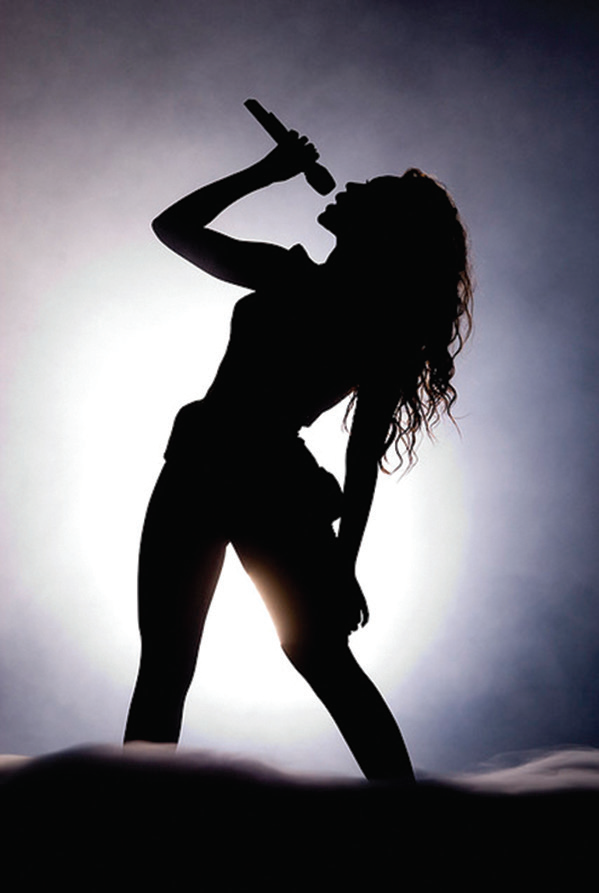Using Pop Culture in the Classroom
In 2010, the Kaiser Family Institute reported that youth between the ages of 8 and 18 were spending about 7.5 hours per day, seven days per week, using media, including TV, music, video games, and books. That’s up to 53 hours every week that could potentially be directed into learning.
If we know one thing about our students, it’s that they are as plugged in to pop culture as we were — and many of us still are. But for obvious reasons of accessibility, pop culture is even more influential and ingrained. Social media, gaming, movies, music, sports, television, books and the celebrities they create are a huge part of our culture. Using that culture to find an entry-level connection to students is part of a savvy educator’s toolkit.

Using pop culture in lessons allows educators to help students reposition themselves from simple consumers to critical analysts of the world as it’s presented to them. They can rethink history lessons, poke holes in the premise of a movie or television show, and recognize systemic racism and misogyny. Instead of being used by pop culture, students become thoughtful users. From bridging the gap from one generation to the next, to exploiting the energy of pop culture, to reaching more students, using pop culture can open doors.
On Jennifer Gonzalez’s far-reaching website, The Cult of Pedagogy, you can download a lesson plan that teaches synthesis and close reading called “Deconstructing Beyonce’s Lemonade” by Jay Meadows. For younger students, Scholastic contributor Nancy Mann Jackson suggests connecting superhero movies with real-life or literary heroes.
Stretch your own imagination to find the connections that will turn your students on.
In the meantime, get inspired by these suggestions from Cult of Pedagogy contributor and English teacher Meadows:
Treat pieces of popular culture, like song lyrics and music videos, as valid academic texts. Pop songs are built to be accessible for all readers, but their stylistic and rhetorical choices can be quite complex. They provide an incredibly engaging pathway for fostering the foundational skills that are essential for tackling more complex texts.
Ask your students to build bridges between popular culture and the “stuff” of your class. By asking your students to place Jay Gatsby into conversation with Kanye West, or Daisy Buchanan with Taylor Swift, you’ll tap into some of the most complex skills in our domain.
Don’t stop at synthesis! Seek fluid opportunities to fold pop culture into research. Some of the least successful research papers Meadows assigned demanded that students focus strictly on Chaucer’s Canterbury Tales, while some of the most successful strove to make connections between The Jersey Shore’s Snooki, Chaucer’s “The Wife of Bath,” and feminism.
Pop stars don’t always make great role models, but they can be solid mentors. Consider how popular songs and blockbuster movie speeches can be repurposed to teach tone, voice, and style. Ask students to rewrite a scene from Harry Potter in the voice of Holden Caulfield.
Read more of Meadows’ ideas at cultofpedagogy.com/pop-culture. Find resources and lesson plans at teachargument.com.

